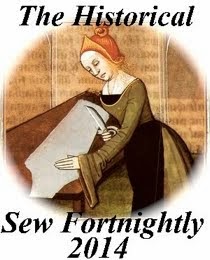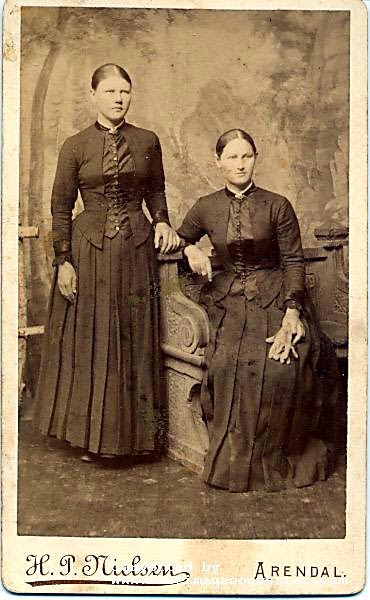 |
| Multiple allergy-friendly cuccidate! |
O.k., I made the attempt yesterday to create
traditional Italian cuccidate that my aunt and cousin (who are allergic to wheat, gluten, corn, milk/cream, egg, cane sugar and nuts) could eat. I especially wanted the result to be tasty, and not weird-tasting or have a too-strange texture, and I think I can call the following recipe a success! My relatives could already have the fruit filling from
my regular cuccidate recipe: dried fruit, orange zest, spices and a little bit of honey all ground to a paste. All I needed was the cookie dough to roll it up in. I found several possible recipes, but this is the one I tried, from the
Jules Speaks Gluten Free Blog, because the
author said it could handle being rolled and cut out like regular sugar cookie dough. I had to adjust it because my relatives couldn't tolerate all the original ingredients, and my adjustments still need a few tweaks, I think, but the result smelled good while mixing it, rolled out fairly easily (was very crumbly when I tried to form the cookies, though), smelled good while baking it, and tasted pretty good, too!
Allergy-friendly Cut-out Cookies (adapted)
½ cup shortening or solid fat (butter, coconut oil)
1 cup palm, date or maple sugar (or 1/3 cup to ½ cup agave or honey)
½ mashed banana (or egg substitute equal to 1 egg)
1 tsp. vanilla extract or orange or lemon zest
2 ¼ cups gluten-free flour mix (if using a mix without xanthan gum, add 1 tsp gum for every cup of flour mix), plus extra for rolling
2 ¼ tsp. gluten-free baking powder
½ tsp. salt
¼ cup non-dairy milk (as needed to make the dough moist)






























